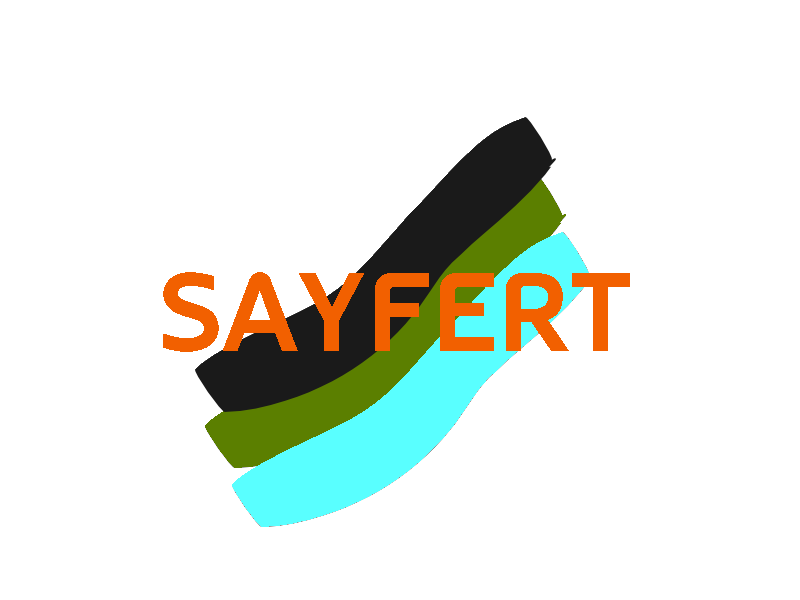SAYFERT - Safety and effectiveness of Estarreja-based fertilisers under circular economy principles
SAYFERT - Sécurité et efficacité des engrais à base d'Estarreja selon les principes de l'économie circulaire
2022
OHM Project
Estarreja OHMi

Leader : Silva Flavio
Project leader’s laboratory :
Full address of laboratory :
Coauthor(s) : Luis Tarelho, Marija Prodana
Keywords :
Pyrolysis
Residual forest biomass
Ecotoxicity
Soil amendment
Wildfires prevention
Environmental engineering
Disciplines :
Biologie
Chimie
Ecologie
Abstract :
Circular economy has emerged for sustainable management of natural resources aligned with good industrial practices. New-generation fertilisers are an example of industrial synergies and environmental compatibility. The recently revised EU Fertilisers Regulation creates room for development of waste-based fertilisers, as long as their agronomic value and environmental safety are proven. In this sense, there are still on-going discussions at the stakeholders/regulators’ level in order to systematically assess the effectiveness and environmental safety of new waste-based fertilisers. Such discussions are an excellent opportunity for the OHM-E to provide scientific insights on the safe and effective application of local-based fertilisers and turn Estarreja into an example of good agronomic practices aligned with industrial synergies and environmental protection.
Biochar is a potential candidate for EU fertilisers. It has raised great interest as a way of managing organic residues through pyrolysis, as well as recycling of carbon and nutrients, thus improving soil quality/productivity. Former (DRuMBEAT) and on-going (MOSAIC) research has proven the merit of biochar in improving Estarreja soil quality. MOSAIC project is currently assessing the cost-effectiveness of biochar production from Estarreja-based byproducts. Coupling of agronomic value with environmental safety of recycling biochar to soils is still lacking in the equation, especially regarding the impact on non-target soil and aquatic organisms as consequence of leaching of potentially toxic compounds. By taking advantage of on-going research and inter-disciplinary networking, SAYFERT research relies in two fundamental axes – pyrolysis and ecotoxicology – for pursuing biochar application rate thresholds that yields trade-offs between agronomic productivity and environmental safety.

